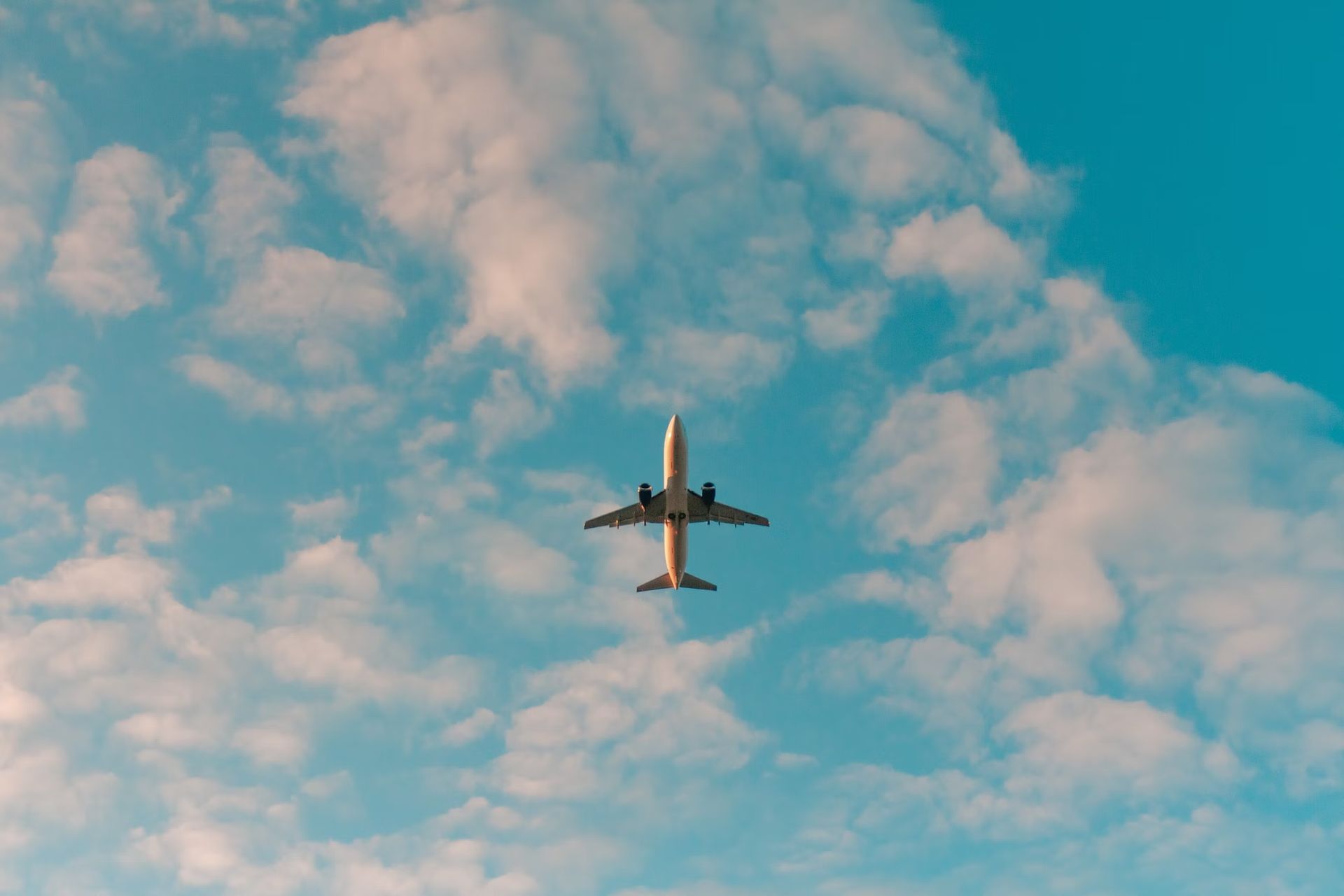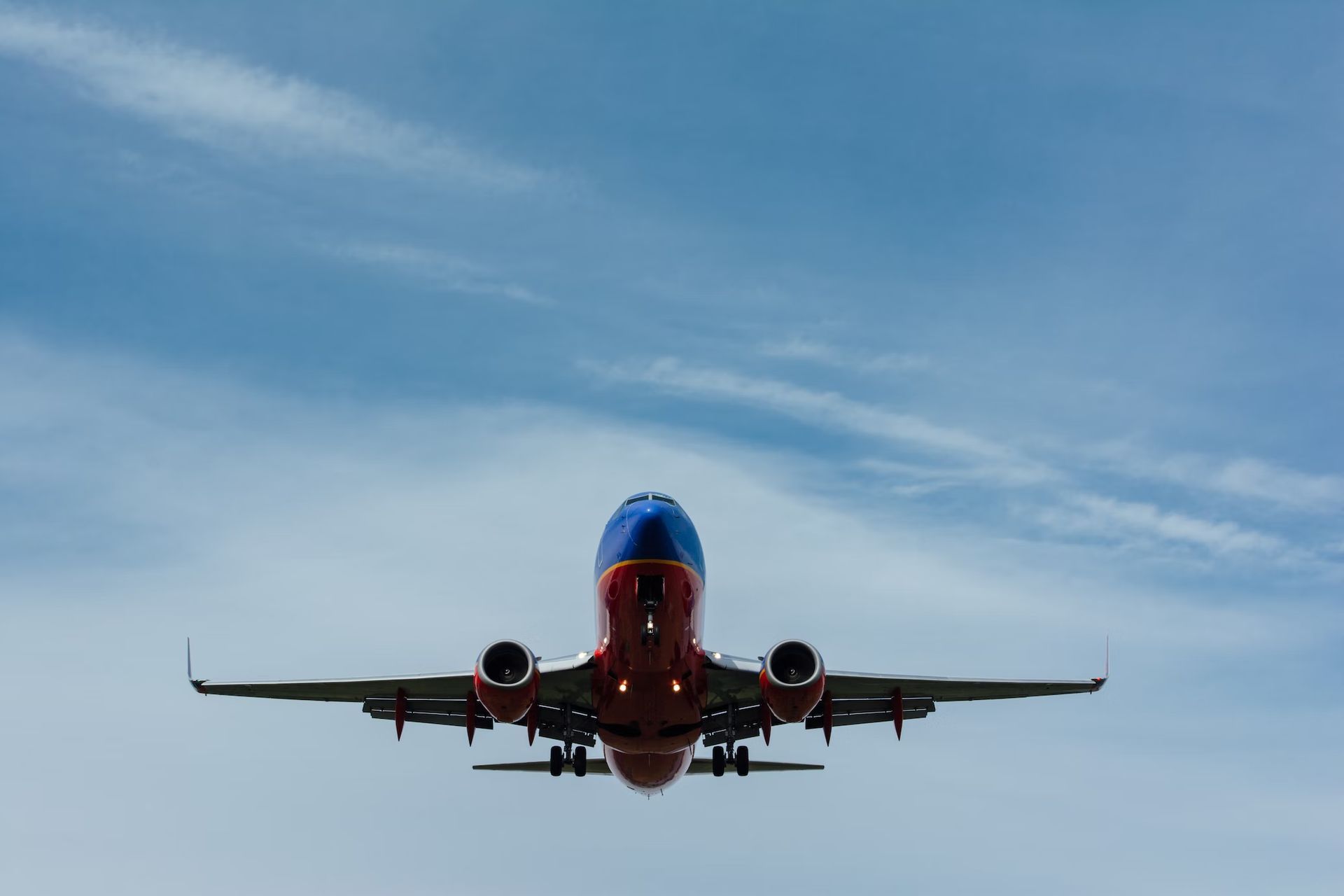A team of researchers at Carnegie Mellon University believe they have developed the first AI pilot that enables autonomous aircraft to navigate crowded airspace.
AI pilot could eventually pass the Turing Test
Artificial intelligence can safely avoid collisions, predict the intent of other aircraft, track aircraft and coordinate with their actions, and communicate over the radio with pilots and air traffic controllers. The researchers aim to develop the AI so the behaviors of their system will be indistinguishable from those of a human pilot.
Jean Oh, an associate research professor at CMU’s Robotics Institute (RI) and a part of the AI pilot team, stated, “We believe we could eventually pass the Turing Test,” alluding to the test of an AI’s capacity to demonstrate intelligent behavior comparable to a human.

The AI employs both vision and natural language to convey its intent with other aircraft, whether flown or not, to engage with them as a human pilot would. To navigate safely and under social norms, adopt this conduct. Researchers trained the AI on data gathered at the Allegheny County Airport and the Pittsburgh-Butler Regional Airport, which included air traffic patterns, photographs of planes, and radio broadcasts, to achieve this implicit coordination.
Similar to a human pilot, the AI employs six cameras and a computer vision system to identify surrounding planes. Its automatic voice recognition feature uses NLP methods to comprehend incoming radio transmissions and speak verbally with pilots and air traffic controllers.
The development of autonomous aircraft will increase the possibilities for drones, air taxis, helicopters, and other aircraft to operate, often without a pilot at the controls, moving people and goods, inspecting infrastructure, treating fields to protect crops, and monitoring for poaching or deforestation. However, the area where these aircraft must fly is already congested with small aircraft, medical helicopters, and other aircraft.

The FAA and NASA have suggested segmenting this urban airspace into lanes or corridors with limitations on the times, types, and numbers of aircraft permitted to use them. This could lead to air traffic bottlenecks prohibiting essential aircraft, such as medical evacuation helicopters, from reaching their destinations. It would fundamentally alter how this airspace is now used and generally operated.
The environmental impact of AI makes regulations vital for a sustainable future
The aerospace industry has faced challenges in developing an AI to handle the frequently congested and pilot-controlled lower-altitude traffic operating under visual flight rules (VFR), even though autopilot controls are common among commercial airliners and other aircraft operating in higher altitudes under instrument flight rules (IFR). The AI used by the team is built to interact with airplanes in VFR airspace with ease.
“This is the first AI pilot that works in the current airspace. I don’t see that airspace changing for UAVs. The UAVs will have to change for the airspace,” explained Sebastian Scherer, an associate research professor in the RI and a member of the team.

The AI pilot has done well in flight simulators, but the company has not yet tested it on actual planes. The team sets up two flight simulators to evaluate the AI. The AI controls one, while a person is in charge of the other. They both use the same airspace. Even if the pilot at the controls lacks experience, the AI can safely maneuver around the controlled aircraft.
Only a handful of companies have figured out how to use AI to its full extent, report says
Commercially, AI could assist autonomous aircraft in carrying passengers and delivering products. To reduce weight and protect themselves against a pilot shortage, delivery drones and air taxis would ideally not fly with a pilot on board.
The project’s lead researcher, Jay Patrikar, a Ph.D. candidate at the RI, stated, “We need more pilots, and AI can help.”




